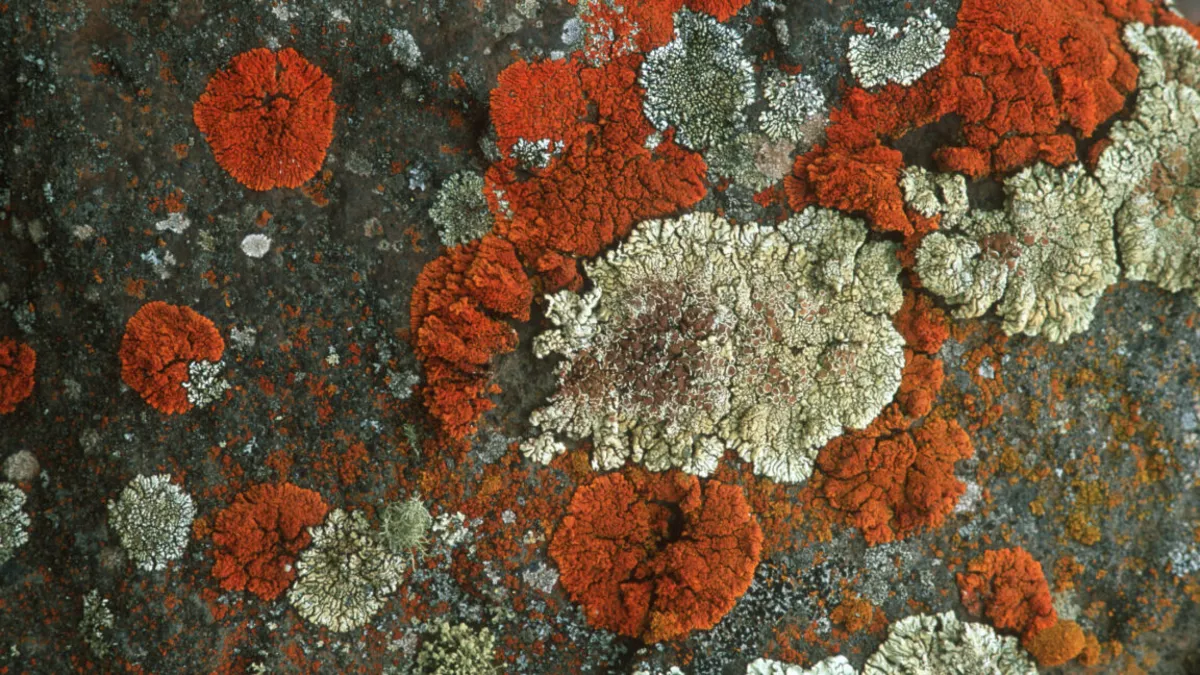
While the question of whether anything ever lived on Mars remains unanswered, the current conditions on the red planet—characterized by extreme temperatures, intense radiation, and a thin atmosphere—are far from conducive to supporting life. However, researchers are investigating whether certain lichens, which thrive in some of Earth's most inhospitable environments, could potentially survive on Mars.
Lichens are fascinating organisms formed through a symbiotic relationship between fungi and photosynthetic partners, such as algae or cyanobacteria. Typically, lichens are composed of about 90 percent fungi, which play a crucial role in their survival. A research team led by botanist Kaja Skubała from the Space Research Center of the Polish Academy of Sciences aimed to determine whether specific lichen species, namely Diploschistes muscorum and Cetrarea aculeata, could endure Martian conditions.
In a groundbreaking study published in IMA Fungus, Skubała and her team simulated Martian conditions to assess the lichens' metabolic responses. They discovered that the metabolism of the fungal partner within the lichen symbiosis remained active even in a Mars-like environment. They noted, “X-rays associated with solar flares and solar energetic particles (SEPs) reaching Mars should not affect the potential habitability of lichens on this planet.”
Martian ionizing radiation poses a significant threat to most forms of life, as it can inflict cellular damage and disrupt various biological processes. However, lichens possess unique survival traits that may provide them with an advantage. They typically exhibit low metabolic rates, require minimal nutrition, and possess longevity, similar to tardigrades, which can endure extreme conditions for extended periods.
Lichens have evolved several adaptations to thrive in harsh conditions. These include the production of metabolites that protect against UV radiation and melanin pigments that offer additional defense against radiation. In this study, Skubała focused on exploring the effects of ionizing radiation on the fungal component of lichens while keeping them metabolically active through hydration.
To maintain the lichens' metabolic activity, the researchers hydrated them before exposing them to simulated Martian conditions for five hours. The experiment took place in a dark chamber with low pressure, low humidity, and an atmosphere primarily composed of carbon dioxide. The temperature fluctuated from 18° C (64° F) during the simulated daytime to -26° C (-14° F) at night, while X-ray radiation levels mimicked those found on Mars during strong solar activity.
Upon completing the experiment, both Diploschistes muscorum and Cetrarea aculeata retained moisture, indicating some metabolic activity. While previous studies had focused on the photosynthetic component of lichens during radiation exposure, this research demonstrated that the fungal component also exhibited resilience. Notably, D. muscorum showed greater resistance to radiation than C. aculeata, as it experienced less oxidative stress and fewer reactive oxygen species, which can lead to cellular damage.
Although an atmosphere dominated by carbon dioxide can impact lichen metabolism, it does not completely inhibit it. The fungal component of lichens requires oxygen to metabolize carbohydrates, yet both species continued their metabolic processes despite low oxygen levels. It is possible that the photosynthetic part of the lichens produced some oxygen that the fungal component could utilize.
Interestingly, the photosynthesis process in D. muscorum proved to be resilient against X-rays in dark conditions. Fluorescence imaging revealed that the chlorophyll concentration in D. muscorum remained intact throughout the experiment, while C. aculeata experienced a decline in chlorophyll levels when exposed to radiation. After being frozen post-experiment, both lichens became photosynthetically active again upon thawing, with C. aculeata quickly restoring its chlorophyll levels.
The potential for lichens to survive on Mars may vary by species, as evidenced by the different responses of D. muscorum and C. aculeata. Skubała emphasizes the need for further research to explore the adaptations that enhance their survivability against intense ionizing radiation. She and her team express optimism, stating, “Our findings lay the foundation for future studies, including long-term exposure experiments on the Martian surface.”
While we have yet to intentionally send Earth organisms to Mars, understanding the resilience of lichens could provide valuable insights as we prepare for future missions. However, caution is warranted; the mechanisms that allowed D. muscorum to mitigate radiation damage remain unclear, and the presence of antioxidants like glutathione suggests complex protective strategies at play. As we contemplate the possibility of human exploration on Mars, it is vital to consider the challenges that lie ahead.